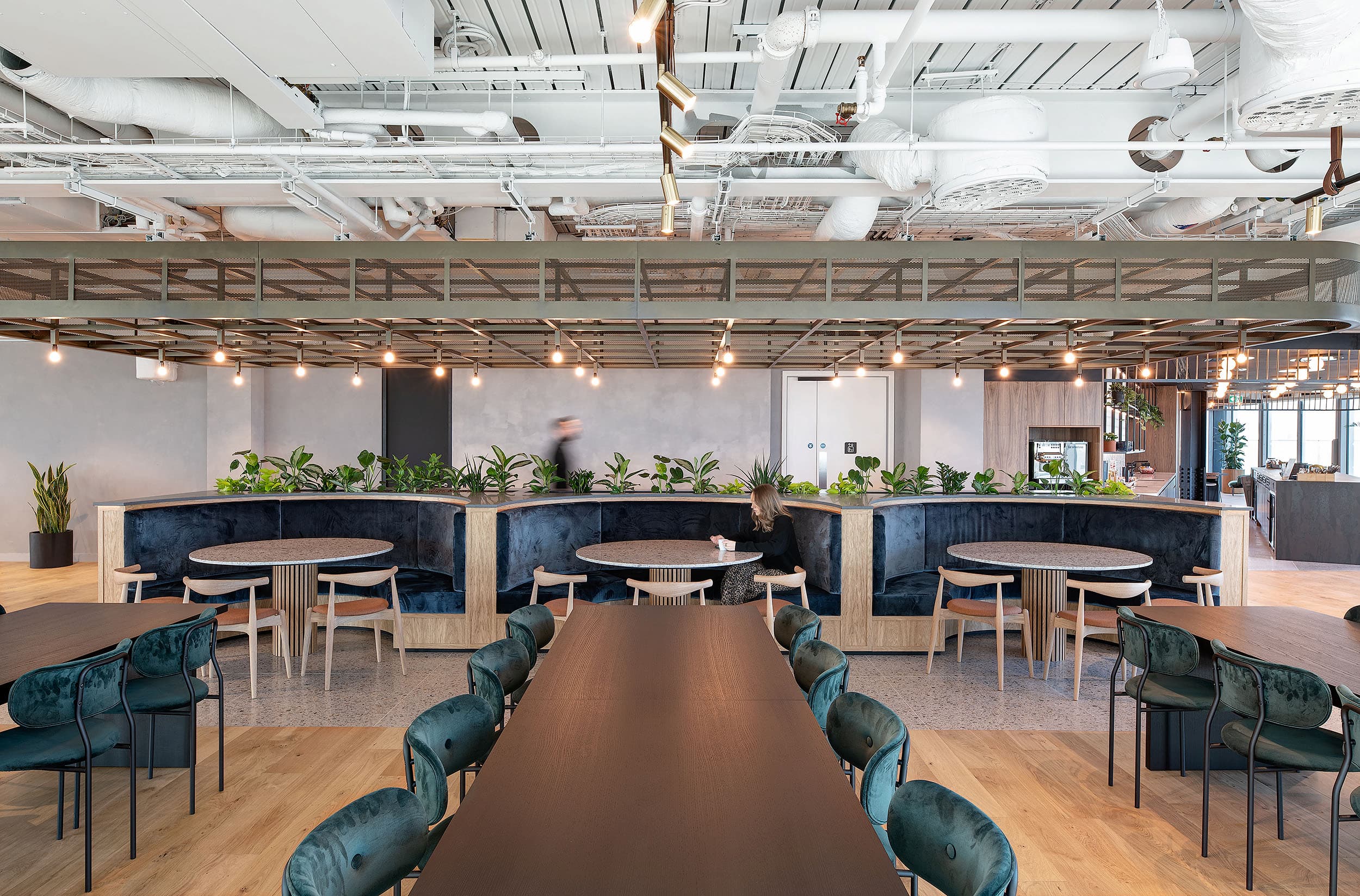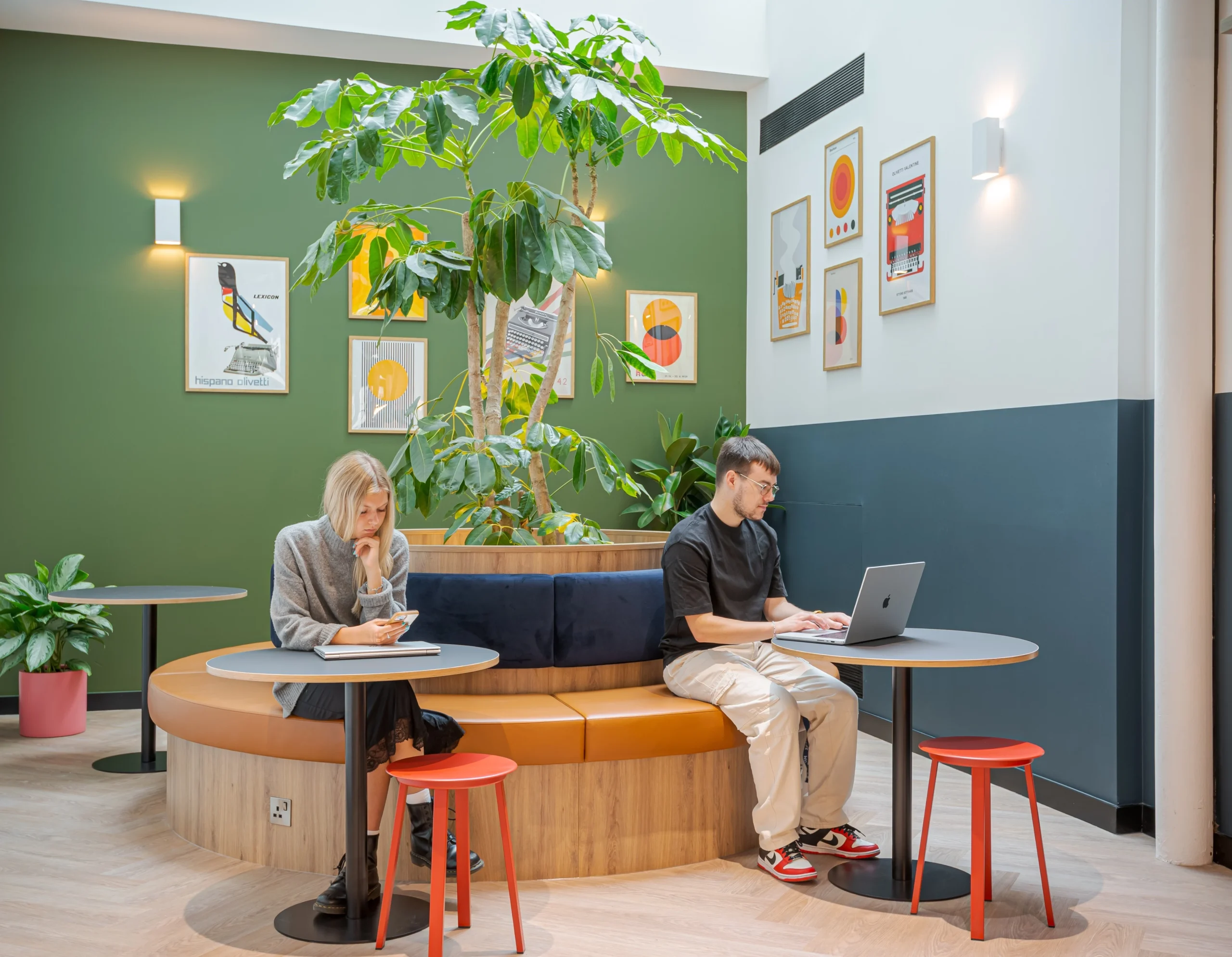Modus Shortlisted for four SBID Design Awards 2024


Modus Shortlisted for four SBID Design Awards 2024
We are thrilled to be among the inspiring global design talent shortlisted as finalists in this year’s SBID International Design Awards with four projects!
Modus Workspace Turns 32!
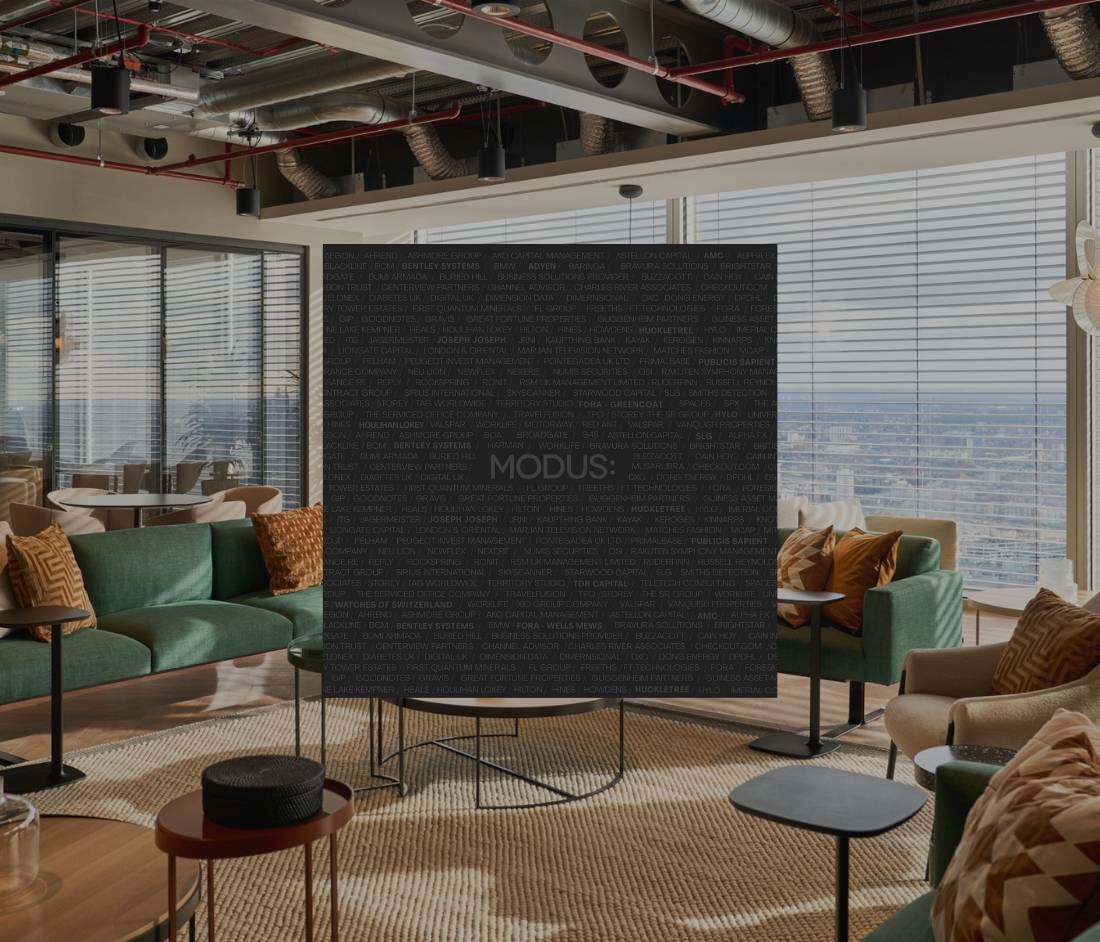

Modus Workspace Turns 32!
Welcome to the thirty-second edition of our anniversary book, highlighting a snapshot of our recent award-winning workspace projects. These pages showcase a curated selection of spaces we’ve crafted, each designed to spark creativity and collaboration and support wellbeing.
Transforming the Typewriter Building
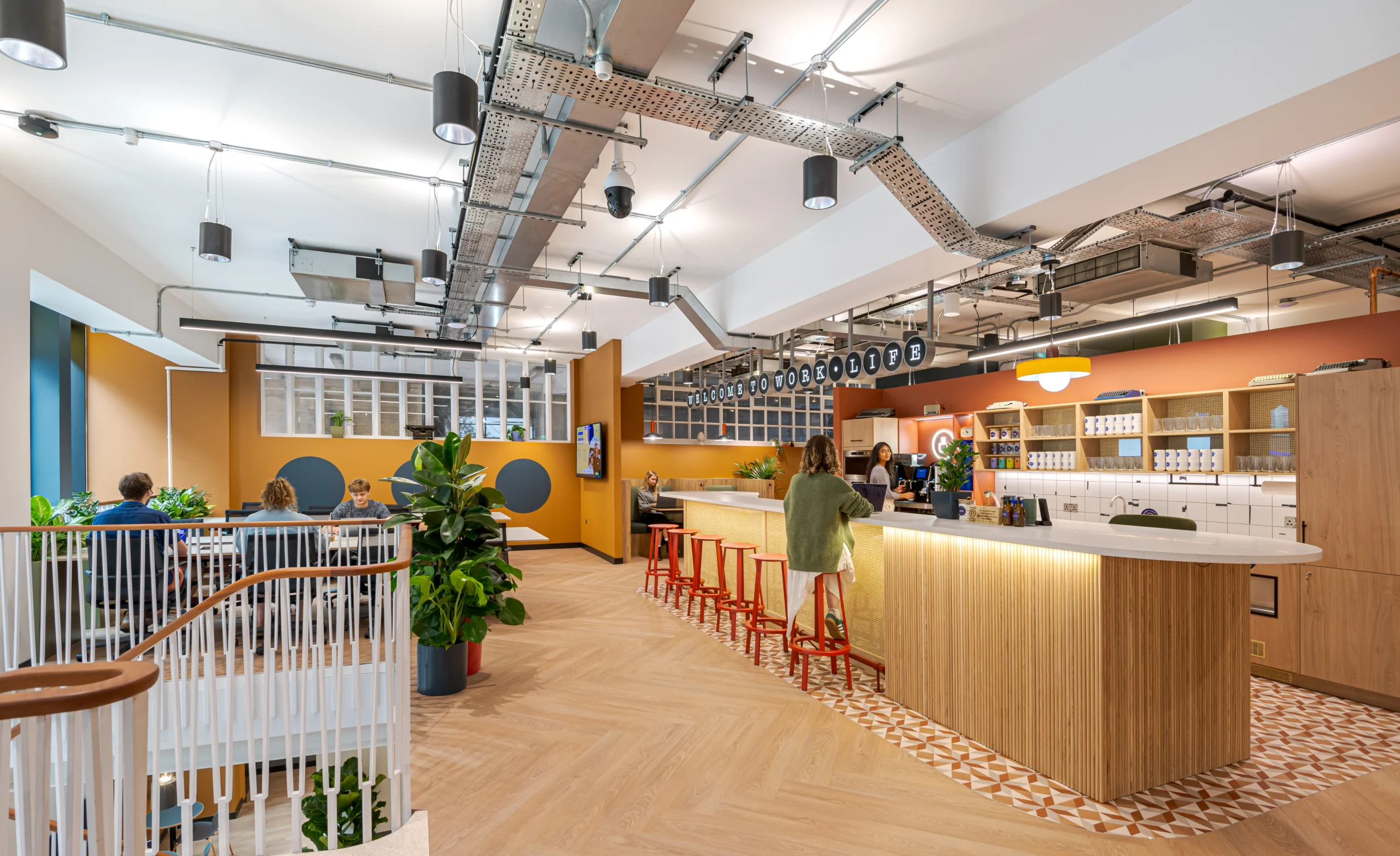

Transforming the Typewriter Building
Transforming the Typewriter building into a vibrant coworking space for Work.Life was an exciting challenge for team Two.
Ambit refurbishes Grade II* Listed building, Voysey House.


Ambit refurbishes Grade II* Listed building, Voysey House.
Working with DMFK, we have delivered a Grade II* Listed building, restoring it to its former glory while futureproofing it for the ever-changing needs of the workforce.
Two Shortlisted for “Project of the Year – Positive Impact” at Mixology Awards 2024


Two Shortlisted for “Project of the Year – Positive Impact” at Mixology Awards 2024
We’re excited to announce that our collaborative project with our sister company Modus Workspace refurbishing Joseph Joseph’s workspace has landed us on the prestigious shortlist for “Project of the Year – Positive Impact” at the Mixology Awards 2024.
Tenant-Ready: Transforming the Hylo Building into a Premier Workspace
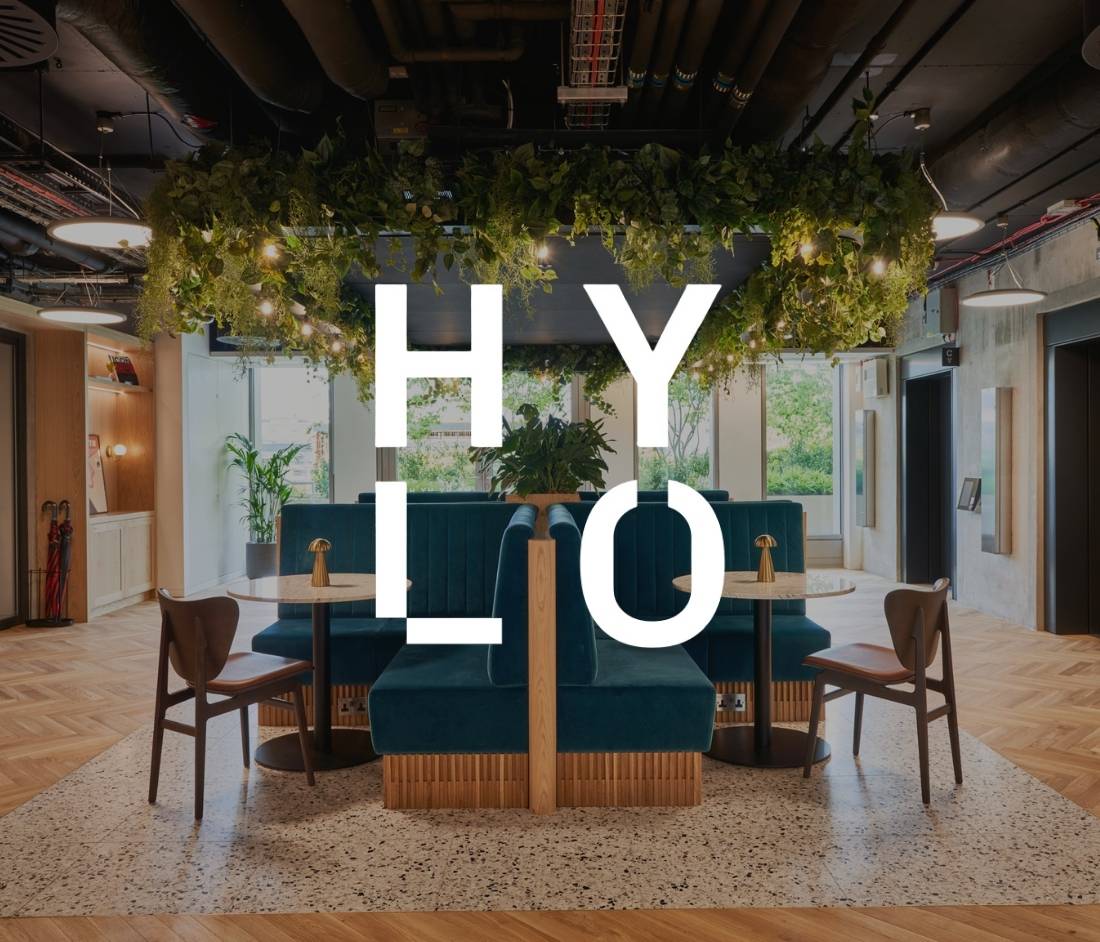

Tenant-Ready: Transforming the Hylo Building into a Premier Workspace
The Hylo building, nestled in the heart of Old Street, was ready for a transformation, and we were chosen as the trusted partner to bring this vision to life.
Exploring The Embodied Carbon of Office Partitions
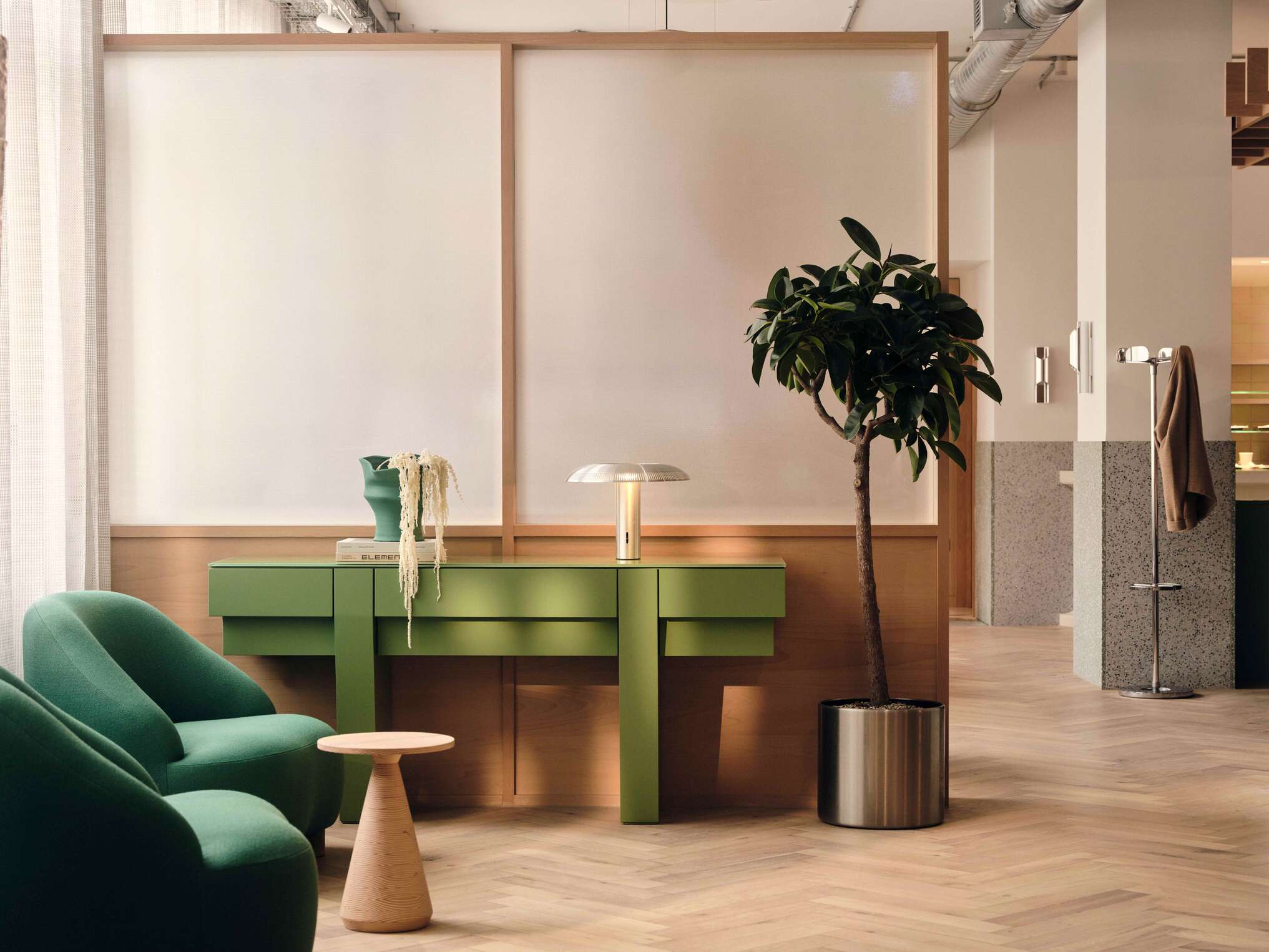

Exploring The Embodied Carbon of Office Partitions
A recent study conducted by Max Fordham, commissioned by Workplace Futures Group, provides a thorough assessment of the embodied carbon involved in various internal wall build-ups, focusing specifically on office partitions.
Tim White and Juliet Price to speak at FOOTPRINT+ 2024
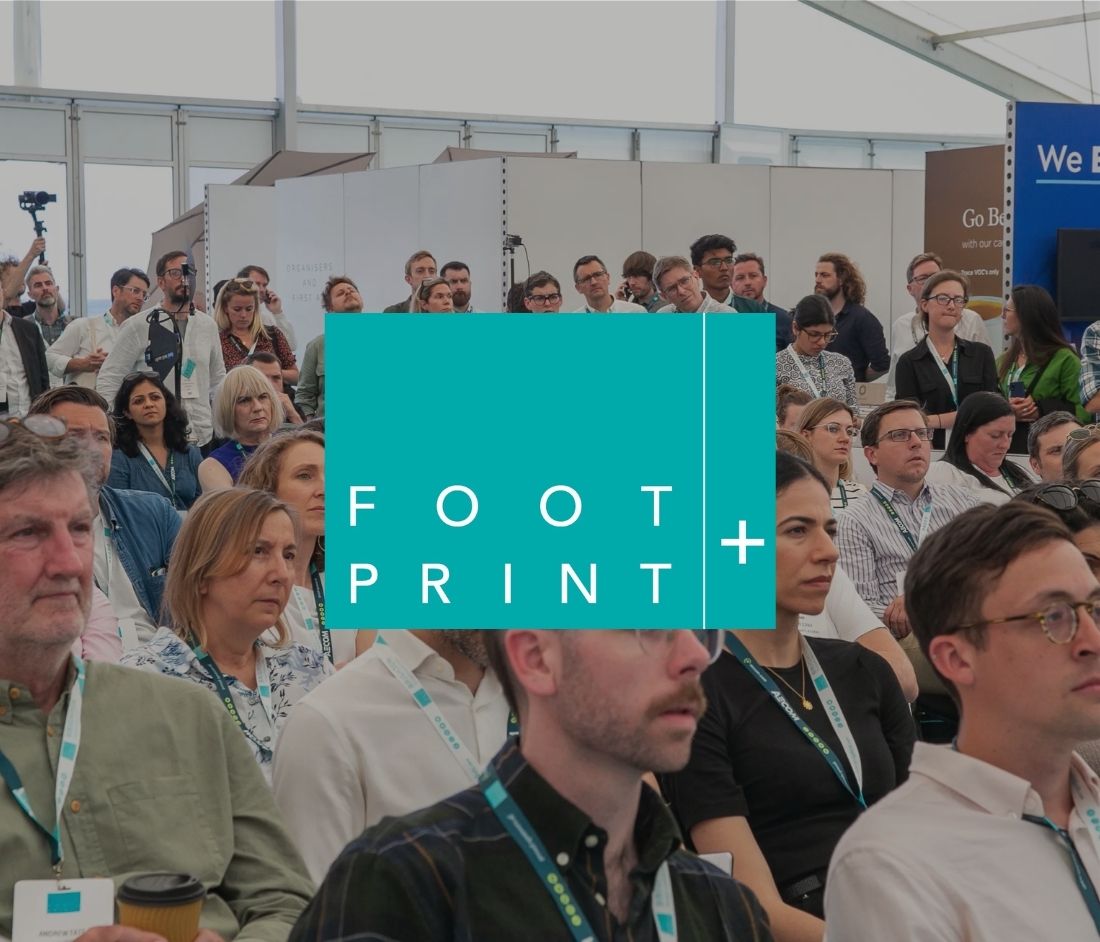

Tim White and Juliet Price to speak at FOOTPRINT+ 2024
Tim White, Chief Operating Officer of Workplace Futures Group (our parent company), and Juliet Price, one of our talented Project Directors, will discuss how Environmental, Social, and Governance (ESG) policies are impacting asset performance at the FOOTPRINT+ conference next month.
Ambit’s Head of Design, Kayleigh, is speaking at FOOTPRINT+


Ambit’s Head of Design, Kayleigh, is speaking at FOOTPRINT+
Ambit’s Head of Design, Kayleigh, will speak on “What is the Place for the Office in the New World of Work?” at FOOTPRINT+, the award-winning UK Property Event for a Zero Carbon Future.

